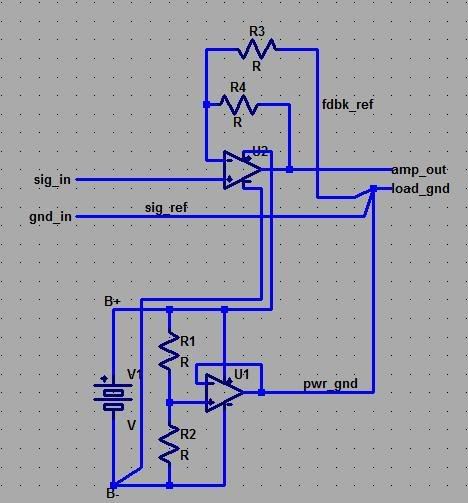Reighlok
New Head-Fier
- Joined
- Sep 19, 2006
- Posts
- 16
- Likes
- 0
As always, I am sorry if these questions have been asked and answered a million times each.
1st question:
What causes some headphones to have a higher impedance than others? My AKG K240DF's are 600 ohms, and my Grado 325is's are 32 ohms. 600/32 =~20.
So, if the impedance is solely caused by the length of the wire in the voice coil, it stands to reason (maybe) that the AKG's voice coil contains 20 times the length of wire that the Grado's do. Maybe they do, I do not know. But twenty times the wire has to add weight, and I would think having a lighter voice coil is an advantage. It is hard to believe that the AKG has twenty time thinner wire.
2nd question:
Assuming that different headphones have different lengths of wire in the voice coil, and different diameters, then they would have different induction properties, right? Does the voice coil act as a induction coil? It would have to, right? Would not that impact the sound negatively? I thought that at a given width, the longer the wire the lower the induction coils frequency. Would not that make the AKGs worse than the Grados, assuming that the length of wire in the voice coil is twenty times longer? (BTW, I love my K240DFs).
3rd question:
Completely different topic, sort of. Active grounds. I am planning on building a three channel beta 22 (from amb), and the third channel is a "active ground" that "actively sinks" the returns from the individual channels. My understanding of electronics is that components only see the potential difference between their input and output. So, having a normal ground seems... fine. Is the active ground acting as a quasi balanced return that effectively doubles the voltage the headphones see? That makes sense, not necessarily as a positive, but I at least get that. From what I read on amb's site though, that does not seem to be the case. So, what is the advantage of having an active ground? What is an active ground?
That is it. Thank you for any enlightenment you can bring me about these issues. Also, if these topics have been explained repeatedly either here or elsewhere, I would certainly appreciate any links you want to give me if you prefer that to explaining it again.
-Kyle
1st question:
What causes some headphones to have a higher impedance than others? My AKG K240DF's are 600 ohms, and my Grado 325is's are 32 ohms. 600/32 =~20.
So, if the impedance is solely caused by the length of the wire in the voice coil, it stands to reason (maybe) that the AKG's voice coil contains 20 times the length of wire that the Grado's do. Maybe they do, I do not know. But twenty times the wire has to add weight, and I would think having a lighter voice coil is an advantage. It is hard to believe that the AKG has twenty time thinner wire.
2nd question:
Assuming that different headphones have different lengths of wire in the voice coil, and different diameters, then they would have different induction properties, right? Does the voice coil act as a induction coil? It would have to, right? Would not that impact the sound negatively? I thought that at a given width, the longer the wire the lower the induction coils frequency. Would not that make the AKGs worse than the Grados, assuming that the length of wire in the voice coil is twenty times longer? (BTW, I love my K240DFs).
3rd question:
Completely different topic, sort of. Active grounds. I am planning on building a three channel beta 22 (from amb), and the third channel is a "active ground" that "actively sinks" the returns from the individual channels. My understanding of electronics is that components only see the potential difference between their input and output. So, having a normal ground seems... fine. Is the active ground acting as a quasi balanced return that effectively doubles the voltage the headphones see? That makes sense, not necessarily as a positive, but I at least get that. From what I read on amb's site though, that does not seem to be the case. So, what is the advantage of having an active ground? What is an active ground?
That is it. Thank you for any enlightenment you can bring me about these issues. Also, if these topics have been explained repeatedly either here or elsewhere, I would certainly appreciate any links you want to give me if you prefer that to explaining it again.
-Kyle


